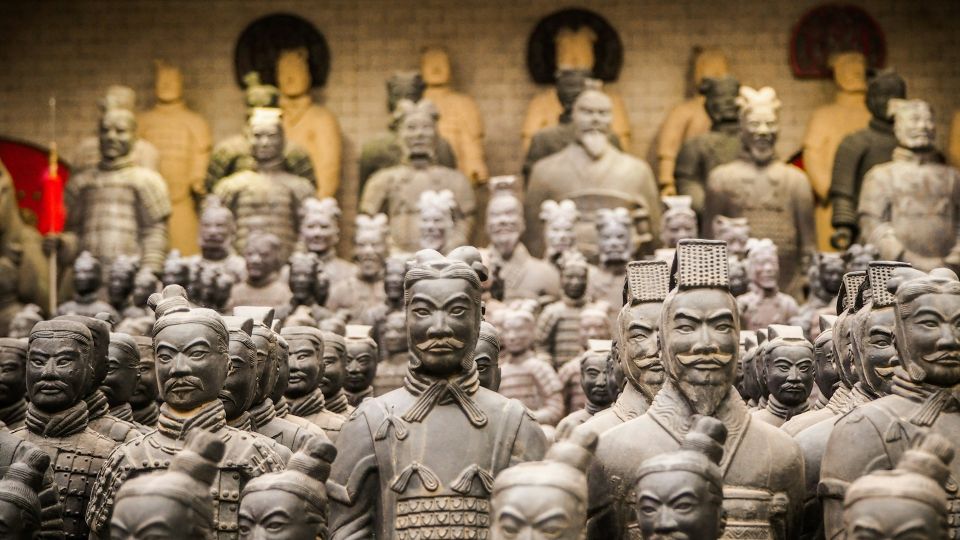July 17, 2024
BEIJING, XI’AN – Activities ranging from an immersive digital experience to the release of new documentaries are being planned to celebrate the 50th anniversary of the groundbreaking archaeological work that led to the discovery of the Terracotta Warriors.
An archaeological team began excavating Pit No 1 of the mausoleum of Emperor Qinshihuang, the first emperor of the Qin Dynasty (221-206 BC), in Xi’an, Shaanxi province, on July 15, 1974. The excavation unveiled a vast underground army of life-size Terracotta Warriors, crafted to accompany the emperor in the afterlife.
The warriors, modeled after real soldiers, were found alongside numerous bronze weapons, recreating the powerful Qin army that unified the country over 2,000 years ago.
In 1987, the Mausoleum of the First Qin Emperor was designated a UNESCO World Heritage Site.
The Emperor Qinshihuang’s Mausoleum Site Museum announced at a news conference on Monday that it will host a variety of activities to showcase recent progress in archaeological excavations, cultural relics protection and research.
“Over the past 50 years, archaeologists have excavated pits containing Terracotta Warriors, bronze chariots and horses, acrobat sculptures and bronze waterfowl, ritual architecture and an accompanying tomb west of the main tomb,” said Li Gang, the museum’s director. “We have also conducted comprehensive archaeological surveys and scientific explorations of the aboveground mound and underground palace of the mausoleum.
“The cultural connotations, values and humanistic ideas contained in the complex and the Terracotta Warriors are continuously being revealed.”
Wang Yuanyin, the museum’s deputy director, said a digital station at the mausoleum will begin trial operations late this month. Covering 1,600 square meters, it will use digital technology and interactive facilities to offer visitors an immersive experience, highlighting the unity of the Qin Dynasty, its major construction projects, and the layout of the mausoleum and its satellite tombs.
In August and September, several major books on the Terracotta Warriors and the archaeological work at the mausoleum will be published. They will elaborate on recent archaeological studies, the technological protection of cultural relics, and communication and exchanges.
A number of documentaries and programs will also enhance understanding of the site.
Mysteries of the Terracotta Warriors, a Netflix documentary, has aired in more than 190 countries and regions since June, and a six-episode documentary will be shown on CCTV-10 in September.
“The production and broadcast of these programs have not only enriched people’s understanding of the archaeological discoveries at the mausoleum but also showcased the profound historical heritage of Chinese culture,” Wang said.
In September, a conference will be held in Xi’an to commemorate the 50th anniversary, review the achievements over the years, and promote the development of cultural relics and archaeology in the new era. An exhibition on the discoveries at the mausoleum will open at the same time, Wang added.


